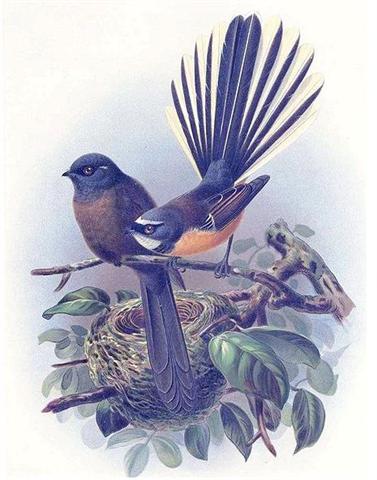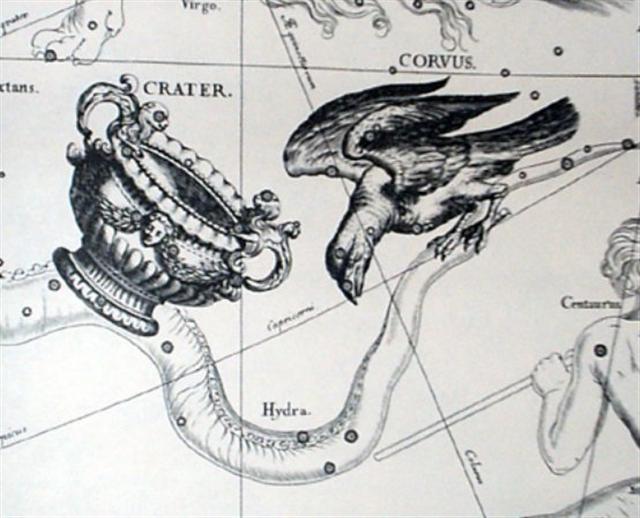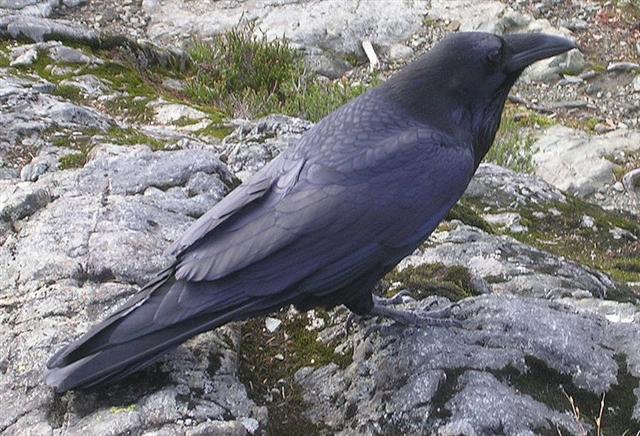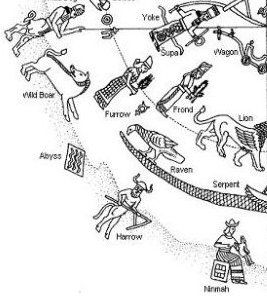203. Once again. All along I have suggested the beginning of the C text should be where at the time of rongorongo the Navel (Sirrah) - i.e. the birthplace of the Horse - was at the Full Moon.
... The line exactly around the middle of the sphere is called ke alanui a ke ku'uku'u, the road of the spider, and also ke alanui i ka Piko a Wakea, the way to the navel of Wakea (the Sky-father) ... In Polynesia (excepting in Hawaii which was far up in the north) the months were regarded as connected with the moon. ... The month sense [of marama] is found in Tahiti, Marquesas, Rarotonga and Maori associated with the moon signification, and in Hawaii is specifically dissociated therefrom to characterize a solar month ... The Tail (i.e. the end) of the Sun Horse = δ Centauri was at the opposite side of the year and close to the Full Moon in March 21 but invisible in September 20 because at that time the Sun was at his Tail. The method of determining the day for the autumn equinox had been known since far back in time: ... the spring equinox occurred when the sun was at its closest approach to the star Aldebaran (called Rohini by the Hindus) in our constellation Taurus. But, of course, the phenomenon would not have been visible because the star was too close to the sun for observation. The astronomers would have known, however, that the equinoctial point was at Aldebaran by observing the full moon ... near a point in the sky exactly opposite to Aldebaran (since the full moon is 180º from the sun), that is, near the star Antares ...
In September 20 (*183) the Sun reached the black Raven, a sign which north of the equator ought to have implied summer was ending. South of the equator on the other hand, on Easter Island, the Raven could be seen close to the Full Moon in March 21 (*366) as a Sign that the winter half of the year was beginning. On Easter Island summer could thus have begun when the Sun was in day *366 / 2 = *183 (September 20). Anciently, however, at the time when Betelgeuze (*88) had risen with the Sun in 21 March, the Raven would have been at the Full Moon in right ascension day *366 - *88 = *278 (= 358 - 80), i.e. in 24 December (Christmas Eve).
Due to the precession the Raven would return later and later in the year. ... the bird, being sent with a cup for water, loitered at a fig-tree till the fruit became ripe, and then returned to the god with a water-snake in his claws and a lie in his mouth, alleging the snake to have been the cause of the delay. In punishment he was forever fixed in the sky with the Cup and the Snake; and, we may infer, doomed to everlasting thirst by the guardianship of the Hydra over the Cup and its contents. From all this came other poetical names for our Corvus - Avis Ficarius, the Fig Bird; and Emansor, one who stays beyond his time; and a belief, in early folk-lore, that this alone among birds did not carry water to its young ...
Also in South America the Raven (Corvus) constellation was well known and its 4 main stars could have defined a basket-bucket: ...The Ackawois of British Guyana say that in the beginning of the world the great spirit Makonamia (or Makunaima; he is a twin-hero; the other is called Pia) created birds and beasts and set his son Sigu to rule over them. Moreover, he caused to spring from the earth a great and very wonderful tree, which bore a different kind of fruit on each of its branches, while round its trunk bananas, plantains, cassava, maize, and corn of all kinds grew in profusion; yams, too, clustered round its roots; and in short all the plants now cultivated on earth flourished in the greatest abundance on or about or under that marvellous tree. In order to diffuse the benefits of the tree all over the world, Sigu resolved to cut it down and plant slips and seeds of it everywhere, and this he did with the help of all the beasts and birds, all except the brown monkey, who, being both lazy and mischievous, refused to assist in the great work of transplantation. So to keep him out of mischief Sigu set the animal to fetch water from the stream in a basket of open-work, calculating that the task would occupy his misdirected energies for some time to come ...
... There was no water in the village. The lakes and rivers were dry. Raven and Crow, two young girls who were having their first menstrual courses, were told to go and draw water from the ocean. Finding the journey too long, Raven decided just to urinate into her basket-bucket. She decieved no one and was severly scolded. Crow returned much later but with drinking water. As a punishment, Raven was condemned never to find water in the summer; only in winter would she find something to drink. For that reason the Raven never drinks during the hot months; she speaks with a raucous voice because of her dry throat ...
In ancient Babylonia fresh water was evidently thought of as out of reach for the Raven because it was far down below in the bottomless Abyss, whereas at the opposite side of the sky sweet water was above the Swallow and aboundantly flooding the Field:
... The name Po means 'river' in the Italian language and in Latin this was Padus, Greek Eridanos, Ligurian Bodincus = 'without bottom', i.e. the deep or muddy (river), Latin paedus = 'dirty'. Up above the River was as clear as the sweet tear-drops of rain, but below this water gradually became polluted (cfr pollux) ... |
|||||||||||||||||||||||||||||||||||||||||||||||||||||||||||||||||||||||||||||||||||||||||||||||||||||||||||||||










